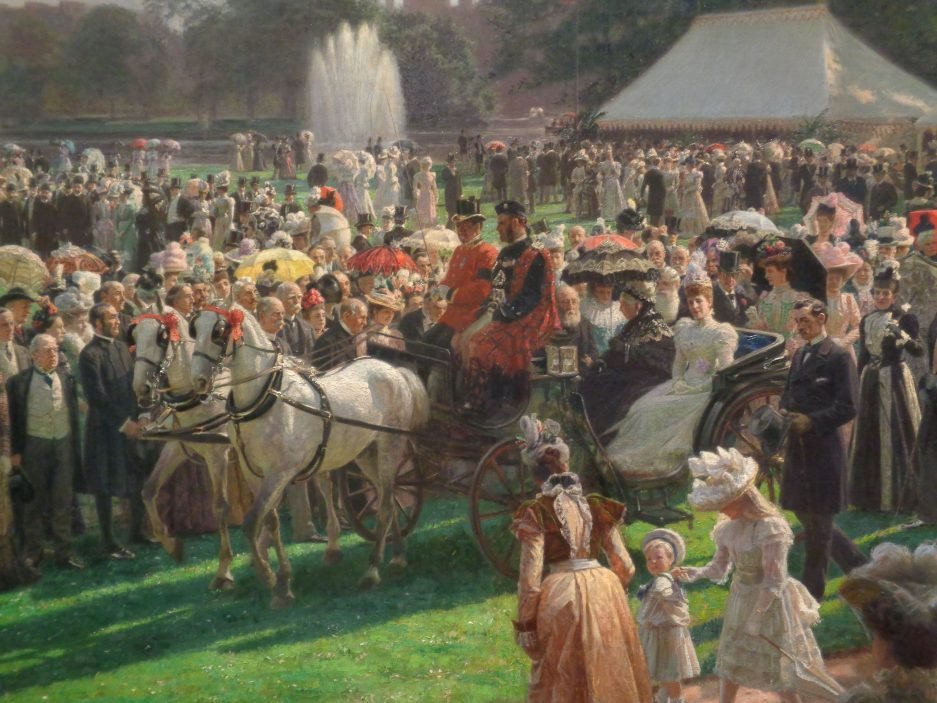
INTRODUCTION
The 19th century was a period marked by significant social and cultural changes, and norms of marriage during this time were shaped by various factors, including religious beliefs, societal expectations, economic considerations, and gender roles. Marriage was seen as a central institution in society, and it was largely considered the primary goal for men and women of a certain age. However, the norms of marriage in the 19th century were often characterized by rigid gender roles, limited options for personal choice, and societal pressures to conform to traditional ideals of marriage. This era was marked by the prevalence of arranged marriages, the expectation of marriage as a means of economic stability, and the idealization of domesticity and family values. Marriage was often viewed as a contractual arrangement, with specific roles and responsibilities assigned to husbands and wives. Women were expected to be submissive, nurturing, and focused on homemaking, while men were expected to be breadwinners and heads of households. Despite these constraints, there were also efforts towards marriage reform, including the emergence of movements advocating for women’s rights and the recognition of individual choice in marriage. Overall, the norms of marriage in the 19th century were complex, reflecting a mix of traditional values, societal expectations, and efforts towards change.
Views on 19th century marriage norms
The views on 19th century marriage norms were diverse and often shaped by various factors, including social class, religious beliefs, and individual circumstances.
- Traditionalists: Many adhered to traditional marriage norms of the time, which emphasized strict gender roles, with women expected to be submissive, modest, and focused on domestic duties, while men were expected to be the primary breadwinners and heads of households. Marriage was often seen as a contractual arrangement, and individuals were expected to conform to societal expectations and fulfill their prescribed roles.
- Reformists: There were also individuals and groups who challenged traditional marriage norms and advocated for reform. Women’s rights activists, for example, sought to challenge the limitations placed on women in marriage, such as lack of legal rights, limited opportunities for education and work, and the perception of women as subordinate to men. Some also advocated for greater individual choice in marriage, arguing that individuals should have the right to choose their own partners based on love and personal compatibility, rather than purely economic or societal considerations.
- Economists: For some, marriage was seen as an economic arrangement, and practical considerations such as social status, wealth, and property were often prioritized over romantic love. Marriages were often arranged to strengthen social or economic ties between families, and individuals were expected to marry within their own social class or economic status. Economic considerations were often at the forefront of marriage decisions, particularly among the upper classes.
- Critics: There were also critics of 19th century marriage norms who expressed concerns about the limitations and inequalities inherent in traditional marriage expectations. Some argued that rigid gender roles stifled individual freedom and expression, perpetuated inequality between the sexes, and limited opportunities for women’s autonomy and agency. Others criticized the emphasis on economic factors in marriage decisions, arguing that it led to loveless and unhappy marriages, and advocated for greater emotional and personal fulfillment in marital relationships.
- Non-conformists: Not everyone adhered to or accepted the prevailing marriage norms of the 19th century. There were individuals who chose to reject traditional marriage expectations and pursued alternative lifestyles, such as remaining single, living in unconventional partnerships, or prioritizing personal fulfillment and individual choice over societal expectations.
It’s important to note that views on 19th century marriage norms were diverse and evolving, and not everyone adhered to or accepted the prevailing norms of the time. There were individuals and groups who challenged and critiqued traditional marriage expectations, and efforts towards marriage reform and greater individual choice were present even during this period. However, societal norms and expectations regarding marriage were influential, and many individuals conformed to traditional ideals due to societal pressures, economic considerations, or religious beliefs.
CONCLUSION
In conclusion, the 19th century was a time of complex and evolving marriage norms. Traditional gender roles, economic considerations, and societal expectations shaped the prevailing ideals of marriage during this period. However, there were also individuals and groups who challenged these norms and advocated for marriage reform, women’s rights, and greater individual choice in marriage. While some adhered to traditional ideals, others criticized the limitations and inequalities inherent in these norms, and non-conformists pursued alternative lifestyles. The views on 19th century marriage norms were diverse and shaped by various factors, reflecting the complexities of societal, cultural, and individual attitudes towards marriage during that time.
